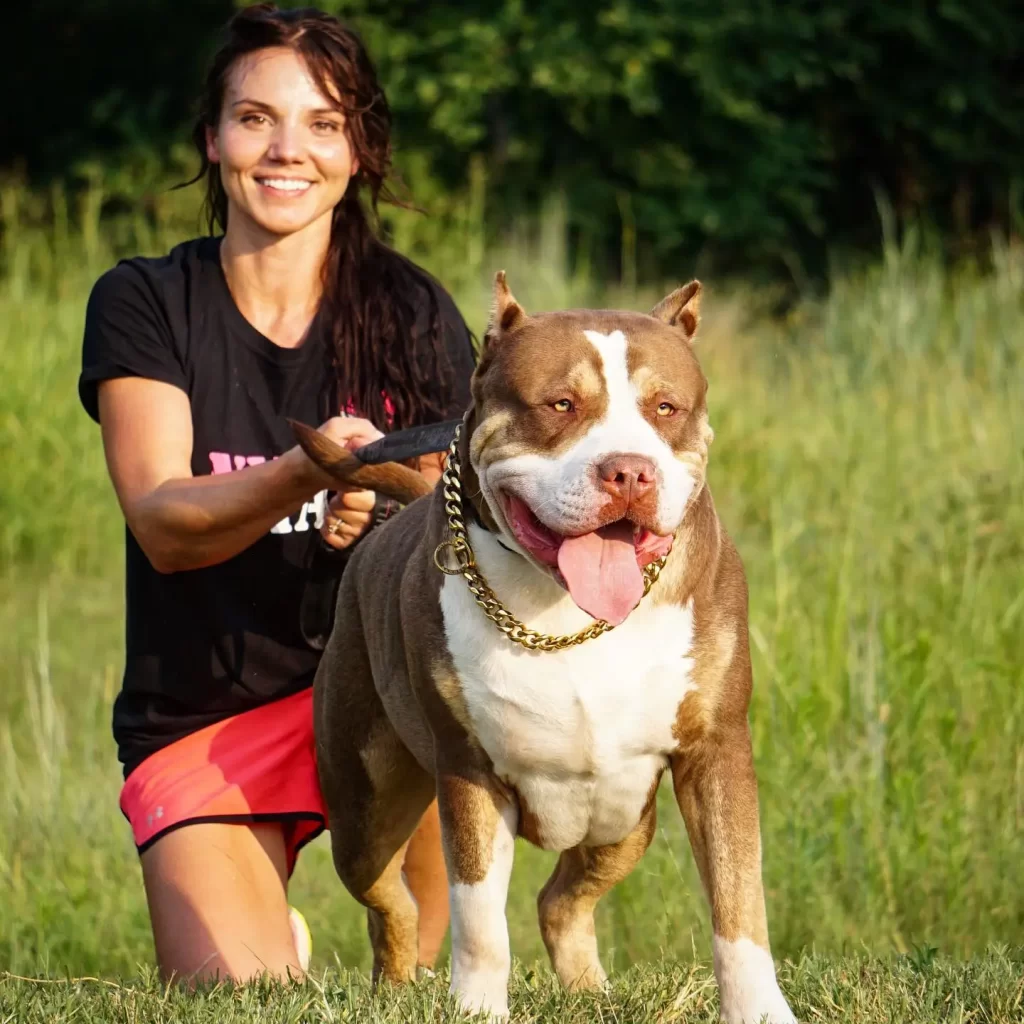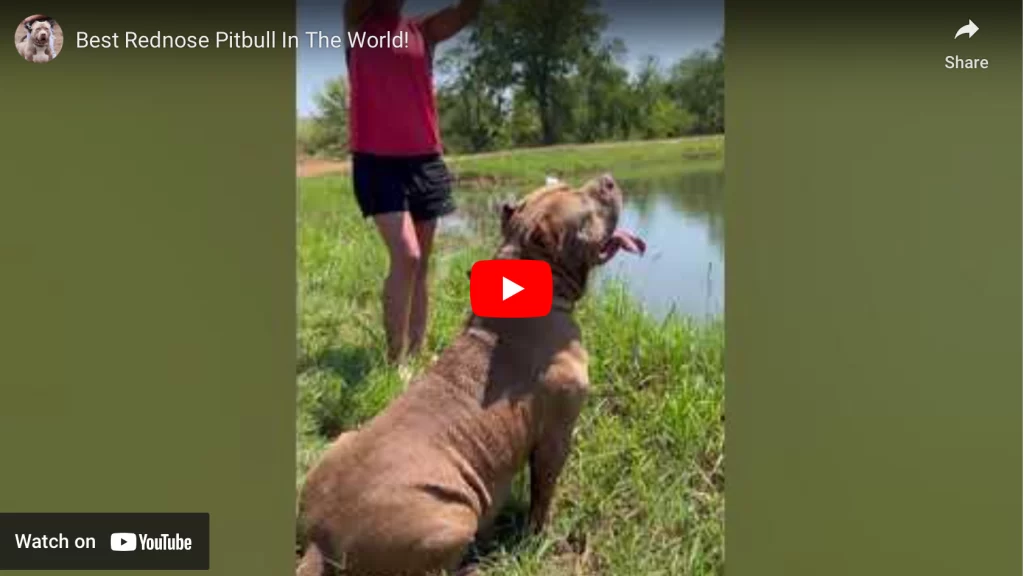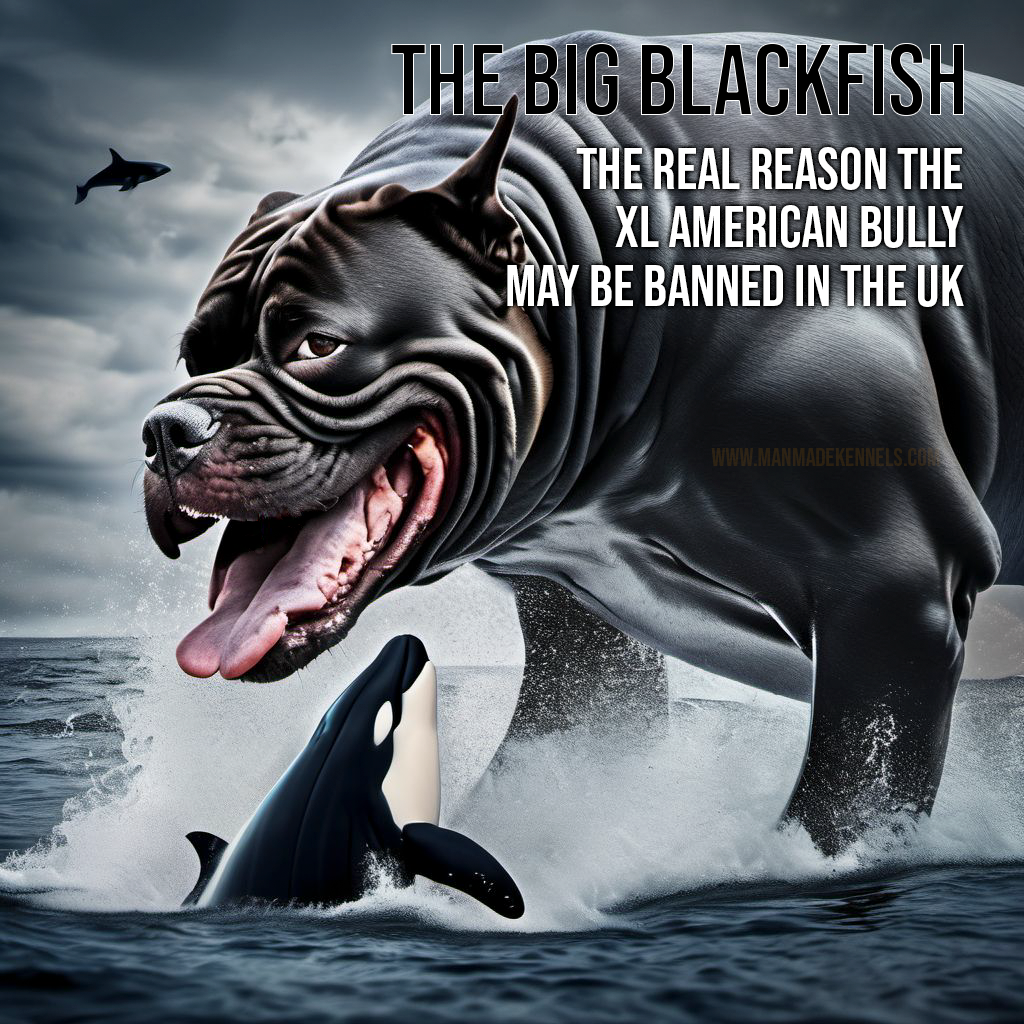The 2013 documentary ‘Blackfish‘ highlights the peril of inbreeding dangerous animals in captivity, with a focus on the violent killer whale, Tilikum.
Tilikum, a male orca, was born in the wild off the coast of Iceland in 1983 and captured when he was just two years old. He was later transported to SeaWorld Orlando, where he became one of the park’s most iconic attractions. However, Tilikum’s captivity and history were marred by several tragic incidents.
Tilikum’s Ancestry
Tilikum was the offspring of Haida II and Tilikum I, two closely related orcas. Tilikum’s lineage was excessively inbred and this resulted in a limited gene pool that increased the chances of genetic abnormalities and health problems. An excessively inbred lineage combined with the strenuous living conditions Tilikum was subjected to at SeaWorld is what triggered the aggressive behavior that caused Tilikum to go rogue.
Throughout his life in captivity, he was involved in three fatal attacks on humans, resulting in the deaths of two trainers and a trespasser. These incidents raised serious concerns about the safety of keeping such a dangerous animal in captivity.
Despite his history of violence, SeaWorld continued to breed Tilikum, making him a highly sought-after breeding bull for the orca population in captivity. His genes were considered valuable, and his semen fetched thousands of dollars.
Tilikum’s Family Tree

Tilikum sired several offspring during his time in captivity, and some of his offspring were involved in incidents of aggression or violence. While it’s important to note that not all of Tilikum’s offspring displayed violent behavior, there were some concerning incidents. Here are a few examples:
1. Kasatka: Kataska, a female that mated with Tilikum, attacked her Trainer, Kenneth Peter’s in 2006 at the SeaWorld in San Diego, California. The trainer was swimming in the pool with Kataska and her calves when Kataska grabbed his foot and pulled him to the bottom of the pool. Kataska repeatedly did this, and although the trainer escaped from the ordeal alive, his leg was severely mauled.
2. Ikaika: Ikaika is the son of Tilikum and Katina. He was initially housed at SeaWorld Orlando but was moved to Marineland in Canada in 2006. Ikaika often displayed aggressive tendencies and was often kept separate from other orcas due to his behavior.
3. Gudrun: Gudrun was another female Tilikum’s daughter and even though she has no record attacking humans, there is evidence of her being aggressive towards her offspring. Her daughter Nyar, was born with mental and physical defects, causing Gudrun to reject and attempt to drown the calf.
4. Keto: Keto was Tilikum’s grandson, born of mother Kalina. Kalina was the offspring of Katina and Tilikum. Keto was originally at SeaWorld Orlando and was later transferred to Loro Parque in Spain. In 2009, Keto was involved in an incident where he attacked and killed a trainer, Alexis Martinez, during a public performance.
5. Kyuquot: Kyuquot was the son of Tilikum and Haida II. In 2004, during a show, Kyuquot suddenly attacked his trainer, Steve Aibel, attempting to drown him by throwing his massive body over him. Steve survived the ordeal, but Kyuquot was banned from working with humans again.
As you can see, the aggressive genes from a violent orca can be passed down to offsprings who will exhibit the same dangerous behavior when they grow.
It is the same thing happening in the American bully world.
Like Tilikum, American Bully dogs with aggressive tendencies have been used for breeding, perpetuating the cycle of aggression within the breed. Breeders who prioritize physical characteristics often turn a blind eye to the potential behavioral problems that can arise when breeding aggressive dogs. As a result, some American Bully dogs exhibit dangerous behaviors, posing a threat to their owners and the community.
A perfect example of this is the story of UKC Most Wanted Kimbo.
A Tale of Triumph and Concerns in American Bully Breeding
UKC Most Wanted Kimbo was once a celebrated figure in the American Bully Community. His imposing size and impeccable muscular build captivated many. However, a significant concern arose as rumors of attacks were going around. This brought up the concern of Kimbo being from an inbred litter and where did this trait come from?
Note: The main issue here is that breeders are inbreeding and linebreeding Kimbos descendants who may carry the aggressive genes exhibited in Kimbo himself. They are not focused on temperament, but more on size, structure, and money.
See UKC Most Wanted Kimbo’s Bloodline.
UKC Most Wanted Kimbo was labeled Killer Kimbo by the media after a series of American bully Attacks started emerging from his bloodline. Since descendants of UKC Most Wanted Kimbo are also massively inbred, the ‘bad genes’ in his DNA became more pronounced and produced generations of unstable aggressive dogs.
Is ‘Killer Kimbo’ Bloodline behind all the American bully attacks in the UK?
While many of the reported aggressive American bullies in the UK have the Kimbo bloodline, it is important to note that not all American bullies in the UK descend from Killer Kimbo.
Only a small percentage of the American bully dogs in the UK descend from UKC’s Most Wanted Kimbo.
The crux of the problem lies in the persistent inbreeding and linebreeding of Kimbo’s descendants by breeders, prioritizing size, structure, and financial gains over temperament. The consequences unfolded when the media dubbed him “Killer Kimbo” after a series of aggressive attacks linked to his bloodline. The extensive inbreeding in Kimbo’s descendants could be the key that accentuated negative genetic traits, giving rise to generations of unstable and aggressive dogs.
The outrage we see in the UK right now shows that the public is not well educated about the true nature of the American bully. The media has a responsibility to report factual information, but they would rather share public misinformation that fuels the push for the XL American Bully ban in the UK.
Read the Manmade Kennels press release dispelling the misconceptions about the American bully XL Dog.
As Manmade Kennels, we believe it is important to first understand what the American bully dog is and why we consider it a great family dog.
What is the XL American bully?

What is the XL American Bully is a loaded question. The short answer is, the XL American bully is a breed that has been created utilizing a mixture of breeds. To truly know what’s in a specific XL American bully, you need to know who the breeders behind the bloodline are.
American bully breeders in the United States use different breeds of dogs to create specific character traits in the XL American bully, hoping to increase the marketability of their dogs. The XL American bully traits breeders go after include big bones, big heads, big chests, longer bodies, shorter more compact bodies, weight, temperament, health, color, coat thickness, and much more.
Many of these character traits are accomplished by using different breeds of dogs such as the Neapolitan mastiff, Cane Corso, Rottweiler, Dogo Argentino, American Bulldog, old English bulldog, Catahoula Leopard Dog (used to create the Merle pitbulls) and many more breeds.
What makes an American bully a great family dog?

American Bullies can make great family dogs for a variety of reasons, as they possess several characteristics that make them suitable for family life. Here are some of the qualities that contribute to their appeal as family pets:
- Gentle Temperament: American Bullies are known for their friendly and affectionate nature. They tend to be social, eager to please, and form strong bonds with their families. They are often described as being good-natured, gentle, and loyal.
- Affectionate: American Bullies thrive on human companionship and enjoy spending time with their family members. They often seek out affection and are eager to snuggle and cuddle, making them excellent companions for both adults and children.
- Good with children: When properly trained and socialized, American Bullies can be very patient and gentle with children. They are often protective of their human family members and can be considered a loyal guardian for kids.
- Adaptability: These dogs are adaptable and can fit well into various living situations, whether you have a spacious house with a yard or a smaller apartment. They can be quite adaptable to different lifestyles.
- Trainability: American Bullies are intelligent and can be trained with consistency and positive reinforcement methods. They often aim to please their owners, making them receptive to training.
- Playfulness: These dogs are often quite playful and enjoy interactive games and physical activity. Engaging with them in playtime can be an enjoyable and bonding experience for the whole family.
- Low maintenance: American Bullies have short, easy-to-maintain coats, and they shed minimally, which can be a relief for those who are concerned about pet hair allergies or house cleaning.
- Loyalty and protection: These dogs are known to be loyal and protective, which can make them excellent family guardians. They may not be aggressive, but their presence can deter potential threats.
- Versatility: American Bullies can participate in various activities such as obedience training, agility, and even therapy work. Their versatility allows them to be part of family activities and provide emotional support when needed.
The temperament of any dog, including American Bullies, is influenced by genetics, socialization, training, and the environment they are raised in. Proper training, early socialization, and responsible ownership are essential for ensuring that any dog, including American Bullies, becomes a well-adjusted and loving family pet.
The Fine Line Between Enhancement and Pitfalls of Inbreeding
Inbreeding can be a good tool in creating new animal breeds and improving certain traits. Linebreeding, a specific type of inbreeding, helps make animals with outstanding qualities. It’s like carefully choosing parents to get the best features in their kids.
When a trait is hard to improve through individual selection, inbreeding within families can help. It’s like focusing on specific family traits to make them stand out more. After creating a new breed, inbreeding is used to make special lines that can be mixed to create strong and healthy animals.
However, excessive inbreeding can cause issues like fewer babies being born. To tackle this, a plan involving creating different inbred lines and combining them to make hybrids is suggested. This helps overcome problems and ensures we get healthy and strong animals.
In simple terms, inbreeding is a tool that, when used carefully, helps create awesome animal breeds and improve their qualities. There are also negative effects of excessive inbreeding, such as increased risk of genetic disorders and diminished overall health in the long run.
If you want to learn in detail about inbreeding and Linebreeding American bully dogs, reach out to Manmade Kennels Eddie at (302) 272-3625.
Back to the UK American bully XL ban controversy
As a breeder, you would hope that the United Kennel Club or American Bully Kennel Club registration paperwork would be accurate, but many unethical breeders cut corners to try to get ahead.
To be clear, there is a standard for the American Bully breed that has been set forth by the American Bully Kennels Club for many years. To further answer the question, “What is the XL American bully?”, the XL American bully is an extra large version of that standard American bully and is a culmination of different large breed dogs that are docile and affectionate.
However, greed has caused people to skip over temperament and standards in the hopes of increased puppy sales. With American bully puppies selling for thousands of dollars, there has been an increase in demand for large uniquely colored XL American Bullies, driving the prices even higher.
Potential puppy buyers looking for American bully puppies for sale are drawn to the massive size of the dog without questioning the dog’s temperament. Anyone with years of experience breeding dogs will tell you, it is important to ask the right questions.
Ask about the parents’ temperament, and does the bloodline have a history of aggression or health issues. This can give you an idea of what kind of issues you may run into as the puppy starts to grow. All breeders should give you the bad with the good. If they have nothing bad to say, then they are lying. All bloodlines have their issues.
Call ManMade Kennels Eddie if you want to learn more about the good and the bad behind the breed.
“Although registries have defined standards, breeders have total control. The reason for that is, there are no pre-checks from registries to determine whether or not a breeding was done under the rules and regulations of the registry.”
-Eddie Perez, Manmade Kennels-
Registries have no control over how breedings are done, and this creates a loophole. For some, this freedom allows American bully breeders to experiment will all sorts of different breeds to achieve a healthier more standard American bully. However, this loophole also encourages unethical breeders to use any type of dog out there, as long as it has a massive size and unique color, to breed bigger-looking XL bully puppies. Some of these potential studs or dams are dogs that have zero historical data on them. They are purchased from the penny pincher and used in a breeding program under hung paperwork (paperwork from a completely different sire or dam).
Sadly, there will always be people and registries that are willing to accept the bloodlines of these unscrupulous breeders. They will submit new bloodlines with forged pedigree papers and although the ethical breeders know this is happening they have little say, as the majority of breeders in the community are unethical and will support each other by uniting against the breeders trying to correct these gigantic issues. HONESTLY, THIS IS THE BIGGEST PROBLEM…
How to stop the XL pitbull ban in the UK
The pending American bully XL Ban in the UK can be averted by taking the necessary measures to educate the public about the American bully breed and put measures to reduce the dozens of unethical breeders popping up every day.
It is hard to standardize the American bully XL breed because pitbull breeders are coming up with different variations of the dog every day. However, the American Bully Kennel Club has established a breed standard for the American bully. This should serve as a breeding guideline for XL bully breeders worldwide.
What Manmade Kennels think should happen.
Dog registries should come up with laws that block unethical breeders from cutting corners. All American bully breeders should be required to DNA profile their dog when registering a litter. This will protect not only the registry but the entire bully community.
Also, it will be a good idea to have a hotline to report unethical breeders.
By making these two small changes, registries could identify bloodlines that are problematic in the American bully community and could also provide breeders with much-needed information before breeding those dogs.
By singling out the problematic bloodlines, the registries could help reduce the number of incidences with the breed. For instance, in the case of the UKC Most Wanted Kimbo, If the registries highlighted this dog, it would have helped registries trace all other bloodlines that came from it, and eventually cautioned breeders from breeding those bloodlines.
Let’s not blame the wrong end of the leash!
I am a highly skilled content writer and SEO expert with a passion for helping small businesses succeed in the digital world. With my extensive knowledge of the latest SEO techniques and strategies, I have successfully assisted numerous clients in improving their website rankings, generating more leads, and driving a significant increase in website traffic.
As a professional content writer and SEO expert, I am confident in my ability to contribute significantly to the success of small businesses. If you are seeking a results-driven, highly skilled digital marketer who can help you increase your ranking, convert new leads, and see a substantial improvement in website traffic, I would welcome the opportunity to collaborate with you.
Website: https://manmadewebsites.com/
Email: hello@digitalmarketingchap.com

